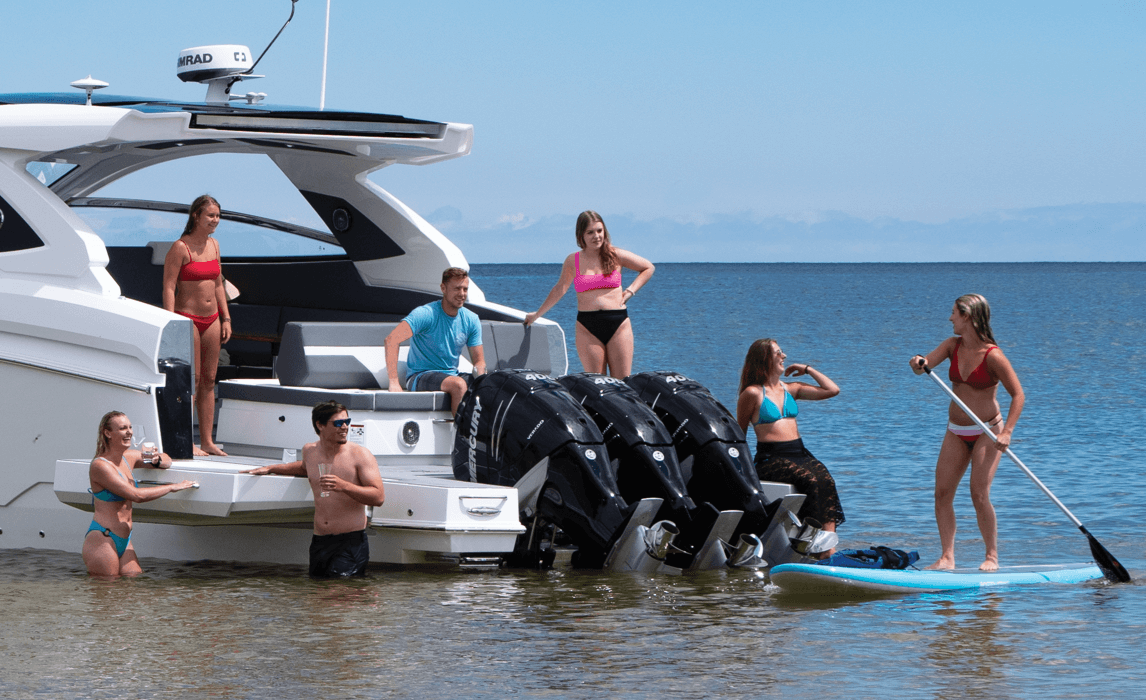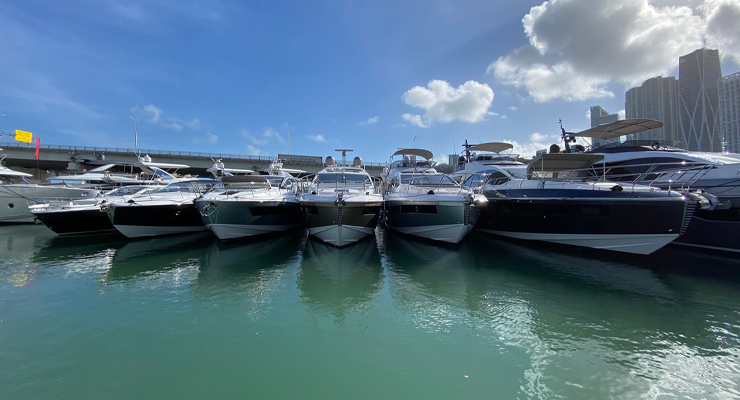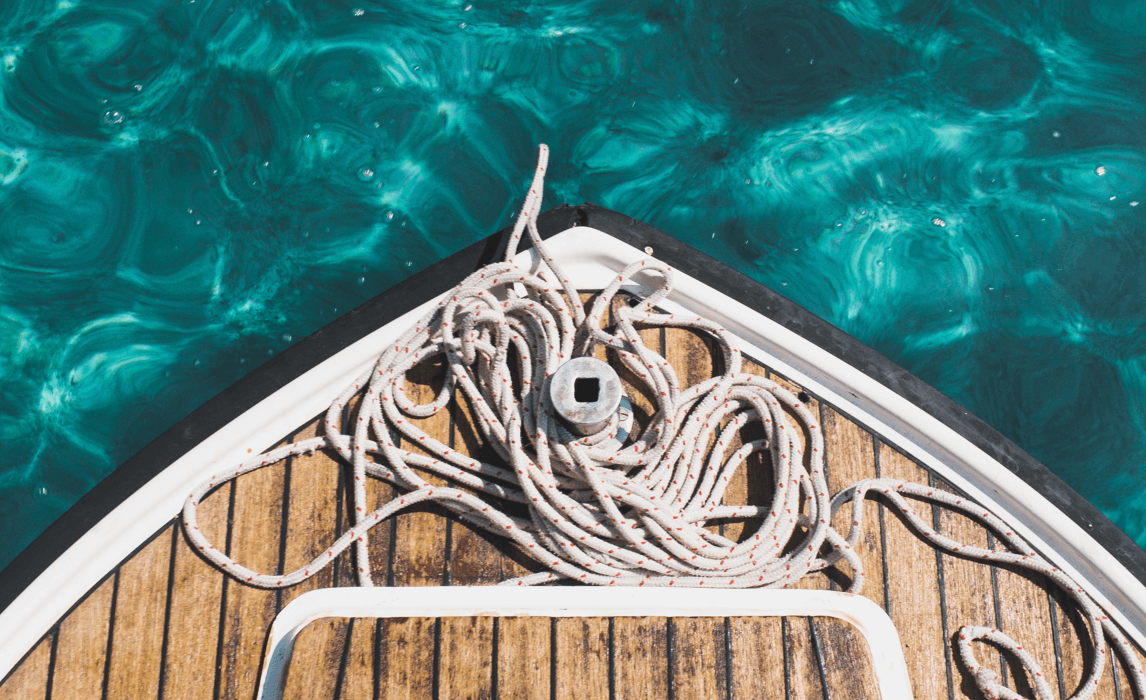NEWCOAST EXPERTISE
RV Maintenance Tips to Keep you Rolling
Like any other vehicle, such as a car or truck, a recreational vehicle needs care and maintenance every year. This statement rings true whether an RV remains outside in the elements or is stored away and unused during the off-season.
RV owners in different environments may have varying maintenance requirements, but no matter what part of the world you live in, yearly maintenance is still an important part of protecting the reliability, appearance, and resale value of your investment.
All Class A, or “drivable,” recreational vehicles need regular mechanical maintenance and even more so due to their larger size and additional features. These vehicles usually range between 21 - 45 feet and consist of many moving parts—and if it is available, it’s a good idea to read the ownership documentation that came with your RV to see what the manufacturer recommends.
Regardless of if you have all the details from the manufacturer or not, there are certain tasks that all Class A owners should perform at regular, recommended mileage intervals or before hitting the road on a trip. These include the following:
- Engine air filter change
- Change engine oil
- Transmission fluid check
- Check tire pressure and wear
- Rotate tires
- Grease all fittings
- Check generator oil
- Wash and wax
Since many of these regular maintenance items are similar to cars, they can be common knowledge or common sense. However, Class A owners also need to be aware of other mechanical and general condition checks necessary for keeping a motorhome in a roadworthy condition. Some of the lesser-known mechanical checks include:
- Change generator oil and filter
- Main drivetrain transmission fluid and filter change
- Check leveler oil
- Add water system freshener
- Replace the water heater anode
- Brake condition check
- Check battery condition, and clean terminals
- Properly grease and maintain slide assemblies
Class B motorhomes, typically known as "camper vans," and Class C motorhomes, mid-sized ones usually ranging in size from 20 - 35 feet, also would require many of the same maintenance procedures as above. Although towable travel trailers have fewer maintenance requirements due to the lack of an engine-driven powertrain, there are still tires, brakes, battery connections, and lots of other items that need to be regularly inspected and maintained.
Whether the recreational vehicle is a Class A, Class B, Class C, or a towable travel trailer, there are some things that can make maintenance and upkeep easier. Below are five tips to help you keep your RV running and driving at its best and to help make repairs easier for mechanics and technicians.
1. Keep a logbook of your travels.Keeping records can identify when something stops working properly, where you are when it happens, and whether or not any outside influences like a hard rain might have contributed to the problem. Since sometimes, the environment, driving conditions, or even the weather can cause an issue that can’t be recreated in the shop, keeping a “captain’s log” or journal can often help technicians find and fix something quickly that might otherwise take time to track down.
2. Make a list of problems or repairs.A list will make it easy to remember and address problems that arise—whether there is something as simple as a loose screw or as significant as a slide that binds up when being deployed. When it’s time to take the RV in for service, it is a lot easier to refer to a list of problems than to try and recall every sticking door and drawer when discussing things with a service manager or fixing things yourself. Therefore, keep a list of issues to ensure everything is properly addressed.
3. Perform preventative maintenance.
Keeping up with regular or required maintenance items can stop many problems before they ruin a trip across the country. Preventative maintenance will also help curb a simple problem from growing into a much bigger, more expensive repair.
- Inspect the roof to ensure a branch hasn’t nicked the rubber material or dented a seam where two metal panels have been riveted together. Checking this will help prevent leaks, which can lead to major repairs if the unit consists of a structural core such as wood or foam insulation since it can deteriorate due to trapped water.
- Regularly inspect tire wear patterns and check tire pressures to keep the tread from wearing away due to heavier loads or improper alignment. Improperly inflated tires can also lead to catastrophic failures, such as a blowout on the highway. Tread that comes loose at highway speeds can damage the fiberglass or metal surrounding the wheel well.
- Install a tire pressure monitoring system to watch tire pressures and temperatures and prevent a big problem before it happens. Failed tires can cause serious damage to the wheel and the metal or fiberglass structure surrounding it.
4. Keep your RV clean and organized.
Sunlight, road dirt, rocks, and other unavoidable environmental conditions can add lots of additional wear and tear to an RV. By keeping it clean on the inside and out and protected by a coat of wax or other surface protection, damage, fading, dried-out rubber and canvas, and other wear and tear can be reduced or avoided.
- Add a regular coat of wax to the exterior, treat upholstery and carpets inside, and put a protective layer on the things that can wear without any human influence.
- Also, by keeping things organized, the amount of time and labor necessary to access something behind a cabinet or in the basement will be reduced, which should also reduce some expenses on the final invoice.
Although it may seem similar to a journal, a maintenance log is less about tracking conditions before a repair and more about offering a potential buyer proof that the motorhome has been well-maintained.
- Keeping a log of completed repairs and maintenance along with receipts and manuals for new parts and upgrades can help a repair technician identify and quickly fix a related problem or eliminate a mechanical part as the source.
Maintenance logs can also impact the recreational vehicle’s resale value since potential buyers will want to know what has already been repaired and feel more confident that these issues should not require future attention.
Whether a 12-foot teardrop trailer or a 40-foot diesel pusher, there is no substitute for proper care and maintenance with a recreational vehicle. With the tips above, tasks should be easier and more efficient for you and any technician to ensure the timely completion of all your RV maintenance.
Buying a new or used RV is a big commitment and an investment you will want to protect. At Newcoast, we can provide financing for your dream coach or coverage for your recreational vehicle to help keep you on the road and enjoying your trip.
Rest assured by knowing your RV is protected with Newcoast. Our insurance specialists are committed to designing programs tailored to your unique needs so you can spend less time worrying and more time making memories—one road trip at a time.
Visit us at newcoast.com and see how we can help get and keep you rolling.
Sources:
https://blog.campersinn.com/blog/top-10-tips-to-successfully-maintain-your-rv
https://rvlife.com/rv-preventative-maintenance-tips/
https://www.gorving.com/tips-inspiration/how-tos/common-rv-maintenance
https://www.parkedinparadise.com/rv-maintenance-checklist/
https://blog.campingworld.com/at-the-campsite/10-basic-rv-maintenance-tips-to-keep-your-rv-in-great-shape/
https://www.doityourselfrv.com/rv-maintenance-tips-repairs/
https://www.neighbor.com/storage-blog/rv-maintenance-guide/
https://rvlifestyle.com/basic-rv-maintenance-tips/
https://rvrentalscout.com/rv-classes/

insights
Finding the Right Boat or YachtNEWCOAST EXPERTISE Finding the Right Boat or Yacht for You? With Newcoast by your side, findi...
Learn More
expertise
How to get the best interest rateNEWCOAST ADVANTAGE How to Get the Best Interest Rate If you're looking for the best rates an...
Learn More
insights
Boat Show TipsNEWCOAST DIFFERENCE Headed to a Boat Show? So many boats and yachts all in one place! Shoppi...
Learn More
expertise
Understanding Your Credit ScoreNEWCOAST EXPERTISE Understanding Your Credit Score Have you been considering a loan to purchas...
Learn More